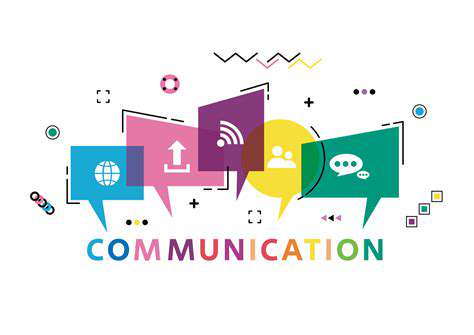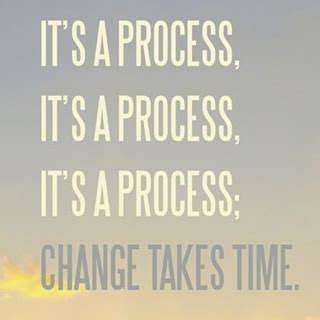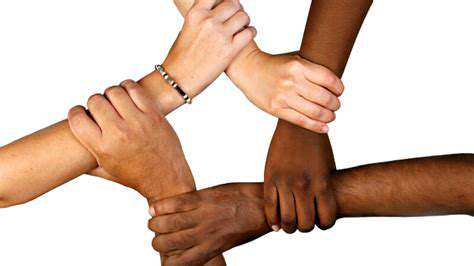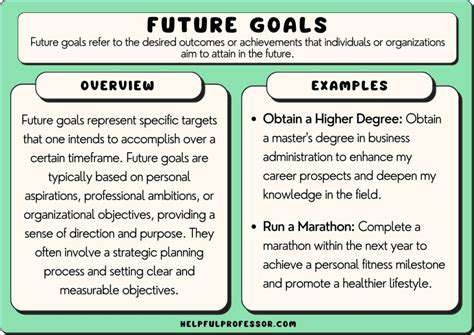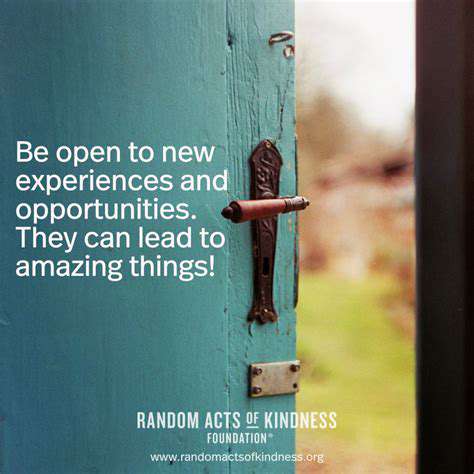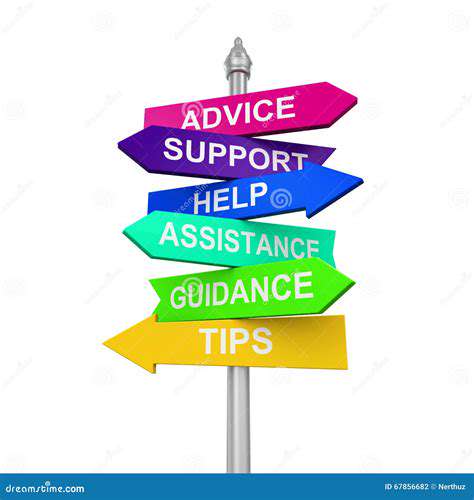how to rebuild confidence after a breakup
Table of contents
Grief uniquely affects individuals, requiring acknowledgment and emotional engagement for healing.
Exercise improves mood and supports emotional management during grief.
Seek support from friends and professionals for emotional healing and resilience.
Prioritize self-care to enhance emotional and physical well-being post-breakup.
Set achievable goals to foster direction and resilience during recovery.
A supportive network reduces loneliness and enhances emotional recovery during tough times.
Establish boundaries with toxic individuals to protect emotional well-being after a breakup.
Engage in activities with supportive friends to boost confidence and joy.
Pursuing new interests fosters emotional growth and enhances self-esteem post-breakup.
Reconnect with old friends to build a supportive community for emotional healing.
Allow Yourself to Grieve
Understanding the Grieving Process
Grief isn't a linear journey - it's more like unpredictable waves that crash differently for everyone. While Elisabeth Kübler-Ross's five stages provide a framework, real-life healing rarely follows textbook patterns. Some days you might feel surprisingly okay, then get hit by a fresh wave of sadness months later. That's completely normal and doesn't mean you're failing at grieving.
What really helps? Letting emotions flow naturally instead of bottling them up. When my friend Lisa lost her partner, she started painting abstract pieces whenever grief surfaced. Over time, those chaotic brushstrokes became calmer - a visual diary of her healing. Creative expression like this can be more therapeutic than forced conversations.
Effective Coping Mechanisms
Movement matters more than you might think. After my divorce, I forced myself to take 20-minute walks daily. Those walks became moving meditations where I processed emotions step by step. Science backs this up - physical activity releases feel-good chemicals that combat grief's heaviness. Whether it's yoga, dancing to nostalgic playlists, or vigorous kickboxing, find movement that resonates with you.
The Importance of Seeking Support
Here's what many don't realize: Support comes in unexpected forms. While traditional therapy works wonders for some, others find solace in online communities or pet companionship. My neighbor joined a hiking group for widows where they rarely discuss loss - just share nature's healing power. The key is finding connections that feel authentic, not forced.
Focus on Self-Care
Understanding the Importance of Self-Care
Self-care isn't bubble baths and face masks - it's rebuilding your emotional foundation. After my breakup, I created a recovery menu with options ranging from 5-minute breathing exercises to weekend getaways. Having choices prevented self-care from feeling like another chore.
Practical Self-Care Strategies to Implement
Try the Three T's framework:
- Touch: Weighted blankets or petting animals
- Taste: Mindful eating of comforting foods
- Time: Protected alone-time intervals
Building a Supportive Environment
I transformed my space by:
- Creating a comfort corner with favorite books and soft lighting
- Displaying encouraging notes from friends on my mirror
- Using phone backgrounds with empowering affirmations
Set Personal Goals

Identify Short-term and Long-term Goals
Breakup goals shouldn't feel like corporate KPIs. After my split, I made absurdly simple goals like Text one friend daily and Try a new ice cream flavor weekly. These tiny wins created momentum for bigger changes later.
Monitoring Progress and Adjusting Goals
I tracked progress using a Wins Jar - dropping notes about small achievements. On tough days, reading these reminders of progress helped immensely. The key is celebrating micro-victories others might overlook.
Surround Yourself with Supportive People
Understanding the Importance of a Supportive Network
Quality trumps quantity in support networks. I kept a Energy Journal noting how different interactions made me feel. This revealed surprising truths - some close friends drained me, while casual acquaintances offered unexpected support.
Engaging with Positive Influences
We initiated No-Pity Wednesdays - meetups where we focused on future plans rather than rehashing the past. This proactive approach prevented us from getting stuck in grief loops.
Embrace New Opportunities
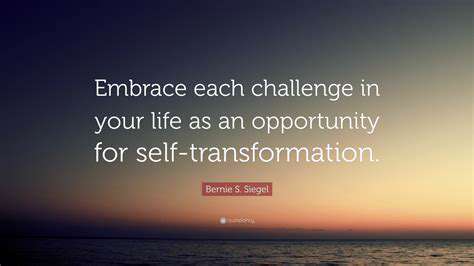
Explore New Interests
I challenged myself to try one new activity monthly - from glass-blowing to urban foraging. These experiences didn't just distract - they reshaped my self-perception. Failing at pottery taught me more about resilience than any self-help book.
Network and Build Connections
Volunteering at an animal shelter introduced me to people completely outside my usual circles. These authentic, low-pressure interactions rebuilt my social confidence organically.
Read more about how to rebuild confidence after a breakup
Hot Recommendations
- divorce asset division legal checklist
- how to overcome breakup shock step by step
- divorce self growth strategies for single parents
- how to overcome divorce trauma quickly
- emotional recovery tips for breakup survivors
- divorce breakup coping strategies for adults
- how to find effective divorce counseling online
- divorce custody battle resolution strategies
- how to find affordable breakup counseling services
- best co parenting solutions for divorce cases
